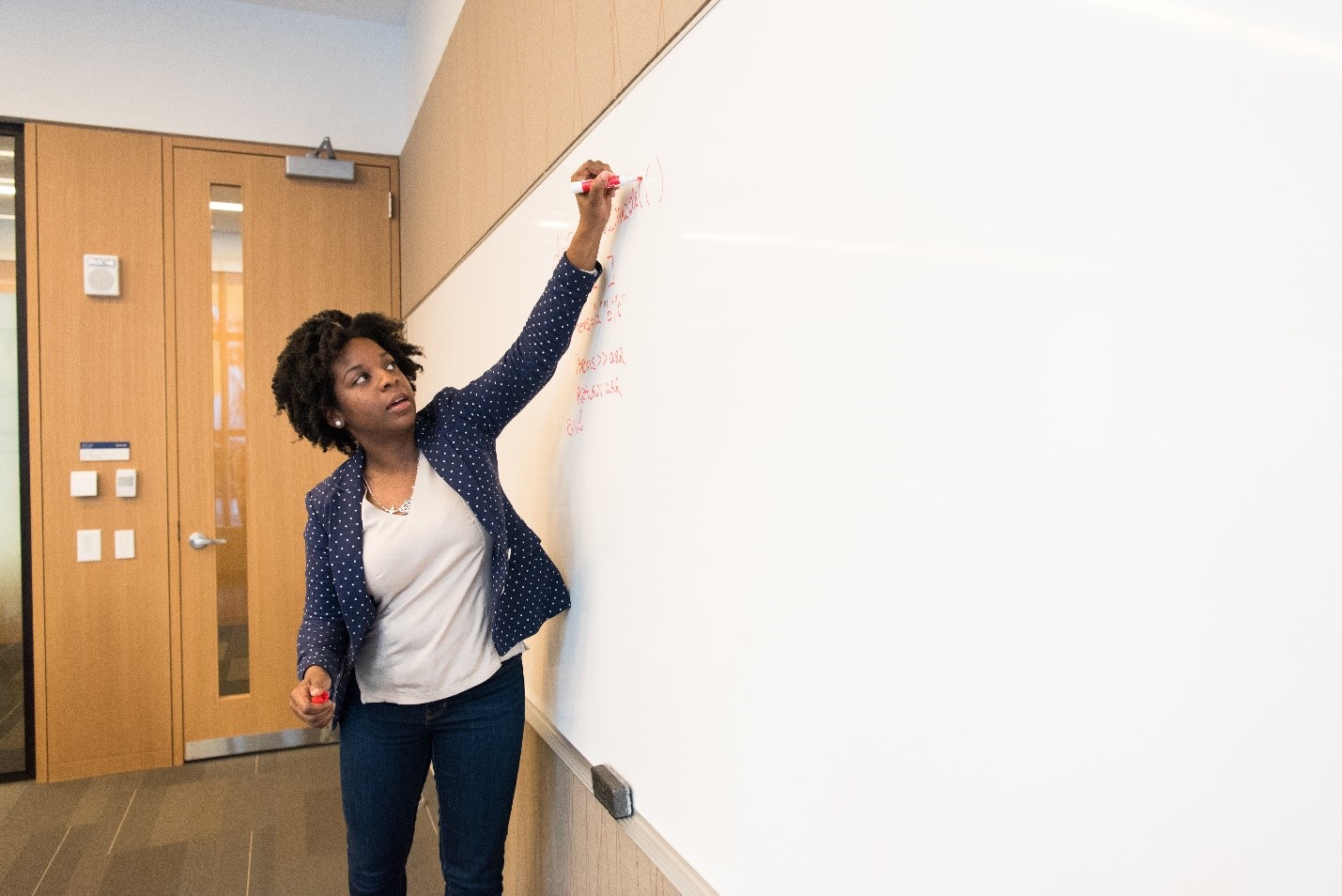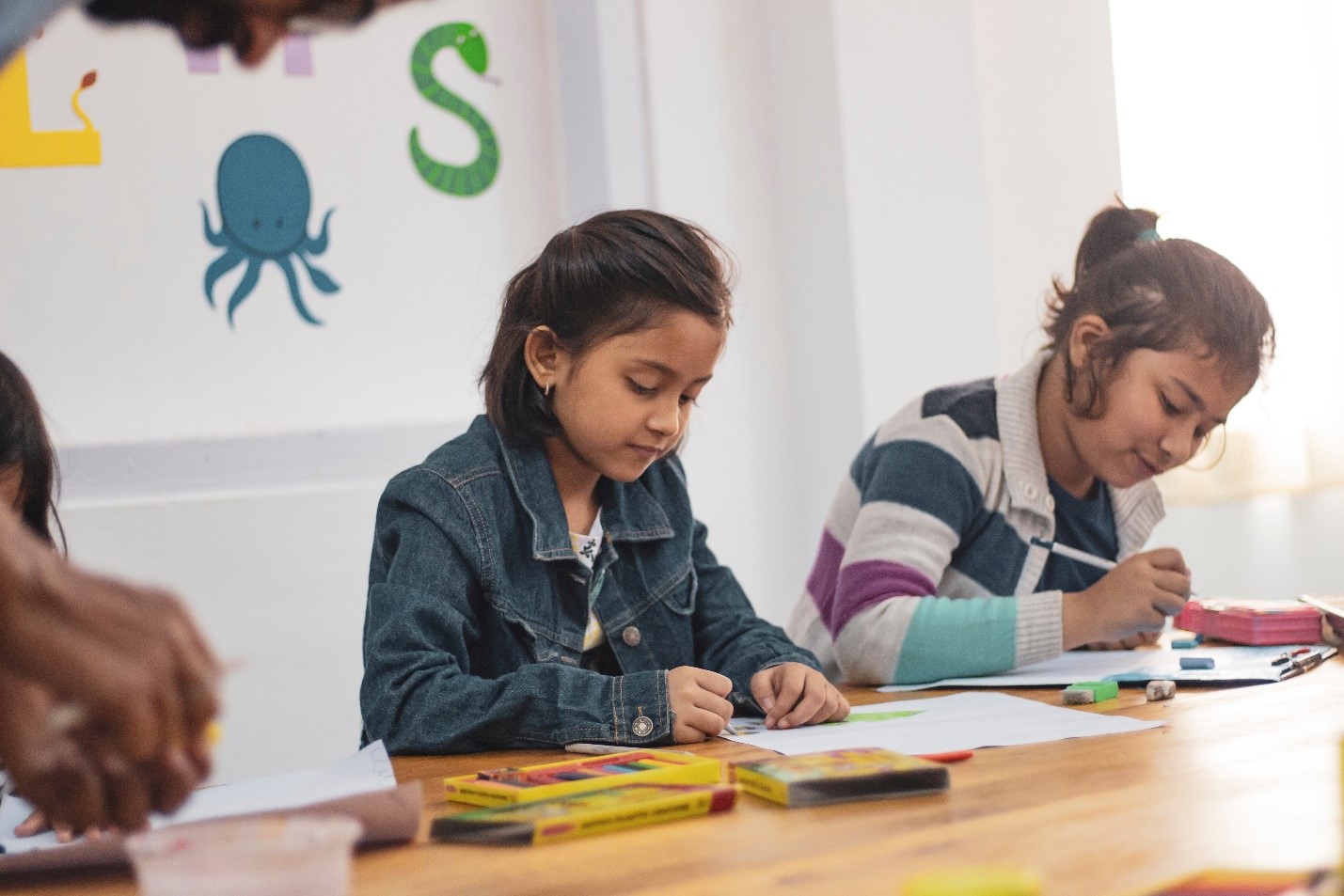How Do We Teach 21st Century Skills in Classrooms
Melisa Marzett is a former journalist and a ballet dancer, freelance writer, guest article author, world traveler, photographer, who is currently working for
http://smartessayrewriter.com/</a and passionate about what she does, which is why all her works come out this special and smooth.


Education is the most critical component of our life, and it will become a door to the future that we cannot even imagine for ourselves. For example, children who came to first grade two years ago, in 2017, are likely to retire in 2075, and their studies will not end with a school or university threshold but will accompany them throughout their lives, wherever and whatever were engaged. Looking further into the future, it is impossible to predict what education will be for their grandchildren. However, today the school is obliged to give children the appropriate skills, skills to learn, which they will use all their lives.
Let us look at how we teach our children today so that they can take their place in the 21st century.
The problem is that we are trying to prepare children for the future with the old methods invented back in the Enlightenment more than 300 years ago. It pushes them away from learning since the tools of knowledge do not correspond to the present day and force children to make a choice, not in favor of education or to give up important things for themselves.
Nowadays, children are more irritated than ever. Each source of information is trying to get the most out of their attention - whether it be game consoles, computers, tablets, smartphones or hundreds of TV channels. However, for some reason, these things should not distract them, because you need to learn and gain knowledge with the tools with which their fathers, grandfathers, and great-grandfathers learned. Is not it?
The existing education system was invented and rebuilt for another era. And this learning paradigm does not strictly coincide with the standard of gaining knowledge of the modern student. Knowing that all people are different and differently perceive information, we do not try to give it in a variety of ways, but continue to teach them in the same way.
- What are the classes where 95% of modern schoolchildren and students study today?
- What is the primary teaching tool of the teachers of today's schools?
- How to meet the 45 minutes of the lesson, if there are materials for three lessons?
- Why is it so difficult for the teacher to keep the students' attention during the lesson?
- Do children want to be prepared for the future with old tools?
 There is a way out of this - an increase in educational standards and the adoption of a modern paradigm of the educational process.
There is a way out of this - an increase in educational standards and the adoption of a modern paradigm of the educational process.

The SMART Board interactive whiteboard has become one of the links in the 21st century educational standards. Today it is the most popular teaching tool of the modern class, which was created at the end of the 20th century. The SMART Board interactive whiteboard has raised the educational standards of the USA and the UK to a new, modern level.
The SMART Board Interactive Whiteboard is a large screen on a glass wall with multitouch tablet features and SMART Notebook software for creating interactive slides of your lesson. It is a tool for group work of the whole class together with the teacher. The children, using the touch-friendly technique of working on the SMART Board interactive whiteboard, themselves do not notice how they grasp essential knowledge without being distracted by external irritants.
During the 45 minutes of the lesson, the teacher can transfer much more knowledge, since when working with the SMART Board, not only the audio channel of perception of information is involved, but also the visual and, which is VERY important - kinesthetic. Since, “kinesthetic children," receiving less information through this channel, are potential low-performing students.
Children had better comprehend when information is presented in a diverse form.
SMART Board interactive whiteboard, the perfect assistant to a teacher in a classroom with active children. Many doctors believe that hyperactivity in children is a problem of concentration. However, if the children are sitting, and hour after hour, they perform a primitive “clerical work,” is it any wonder that they start to fidget? Children suffer not from mental syndromes, but monotony. The SMART Board interactive whiteboard is specially designed for active collaboration, attracting with its functionality, interactive lessons and capable of taking all the attention of students.
The SMART Board interactive whiteboard is a primary technical tool of the modern school, which consists of several components:
A large whiteboard with an active surface that reacts to the touch of a finger or any non-sharp object;
SMART Notebook software to create interactive slides on the lesson;
A short-focus projector that mounts above the board and projects an image onto its surface;
Computer (PC, laptop or tablet), running under any operating system.
The SMART Board interactive whiteboard is a tool for collaboration not only within the walls of an educational institution. The student can re-open and play the created interactive slides on any computer at any place and at any time. It opens up additional opportunities for raising the standards of modern education. The interactive whiteboard plus cloud technologies and we will get one of the fastest growing models of contemporary culture - Blended Learning (blended learning) in any place and at any time.
Using a modern collaboration tool - the SMART Board interactive whiteboard, we:
- We will appreciate our children and stop dividing into capable and incapable;
- We can awaken curiosity in children, a kind of engine of achievement, and they will learn without our help;
- Combine them into groups as the most effective way to learn;
- We will teach them cooperation, teamwork, which is the key to development;
- Remove the barrier between students and the natural learning environment;
- We can show them holistically, understanding that this will help them to exist in the future.
Hundreds of thousands of schools in 175 countries of the world (the USA, all of Europe, Great Britain), including hundreds of modern Ukrainian schools, more than 30 million users daily use interactive SMART Boards in the educational process.
Please check the 21st Century Thinking Skills course at Pilgrims website.
Please check the Practical uses of Technology in the English Classroom course at Pilgrims website.
How Do We Teach 21st Century Skills in Classrooms
Melisa Marzett, USWhich Aspects in a CLIL Class Can help Students Become Plurilingual and Pluricultural Communicators ?: An Erasmus+ Paradigm
Konstantina Zavalari, Greece